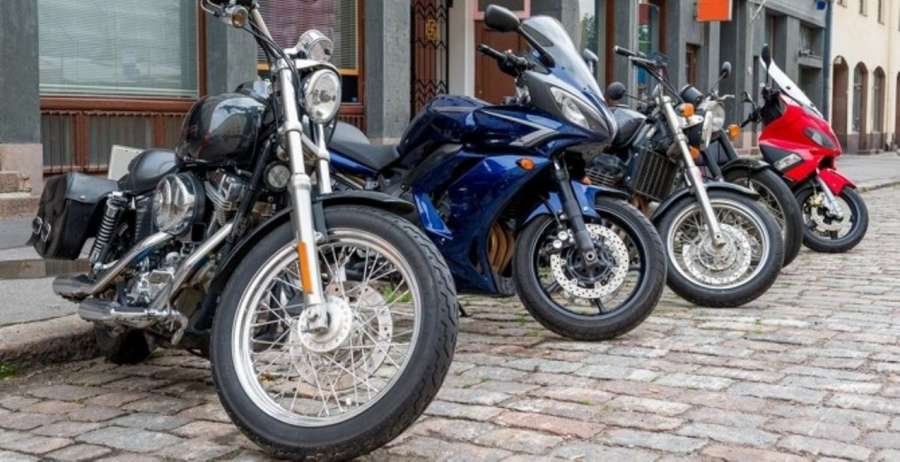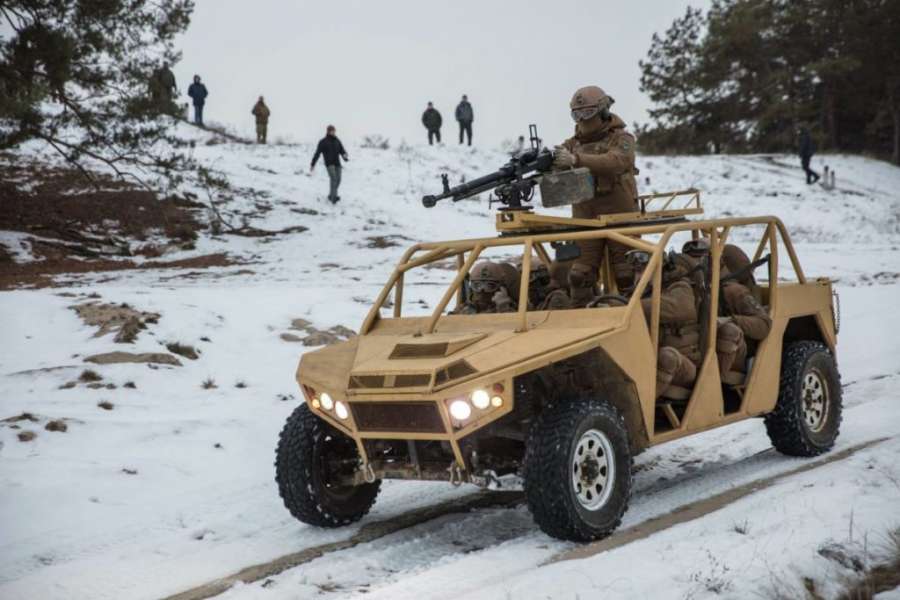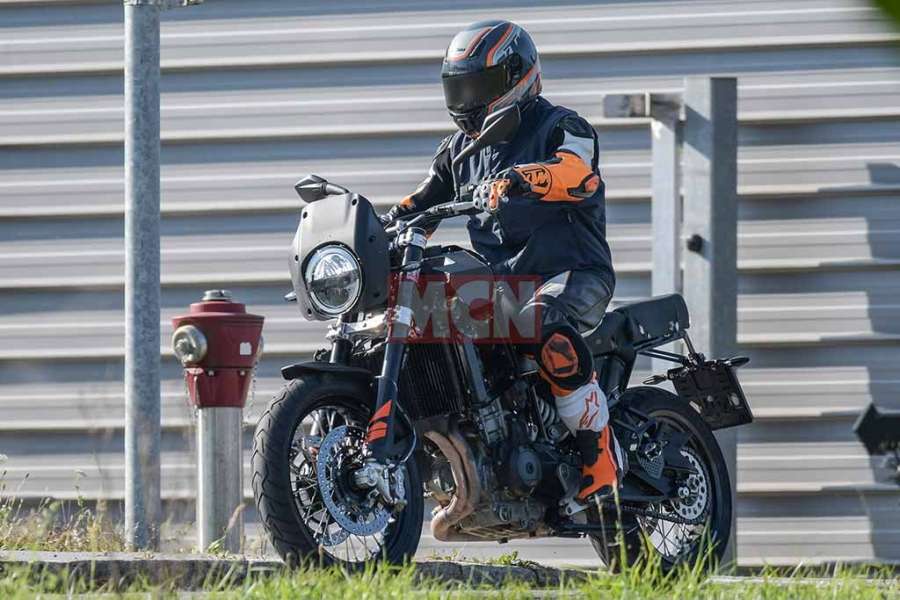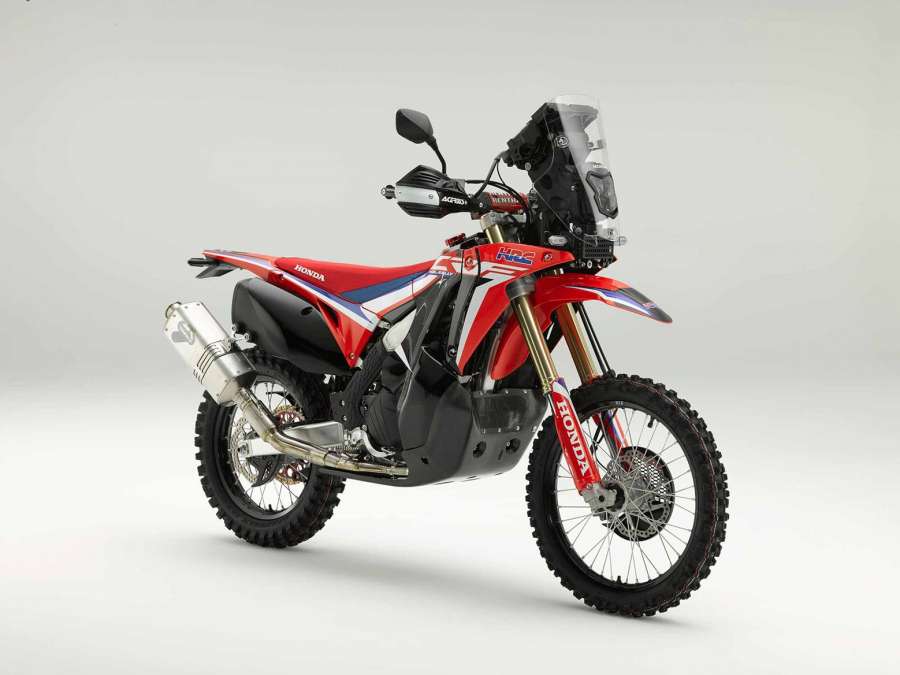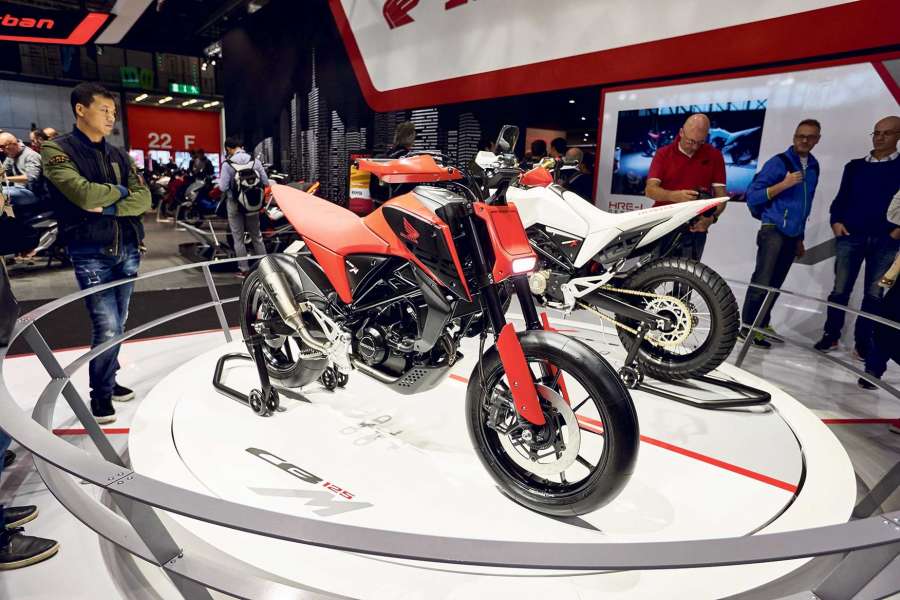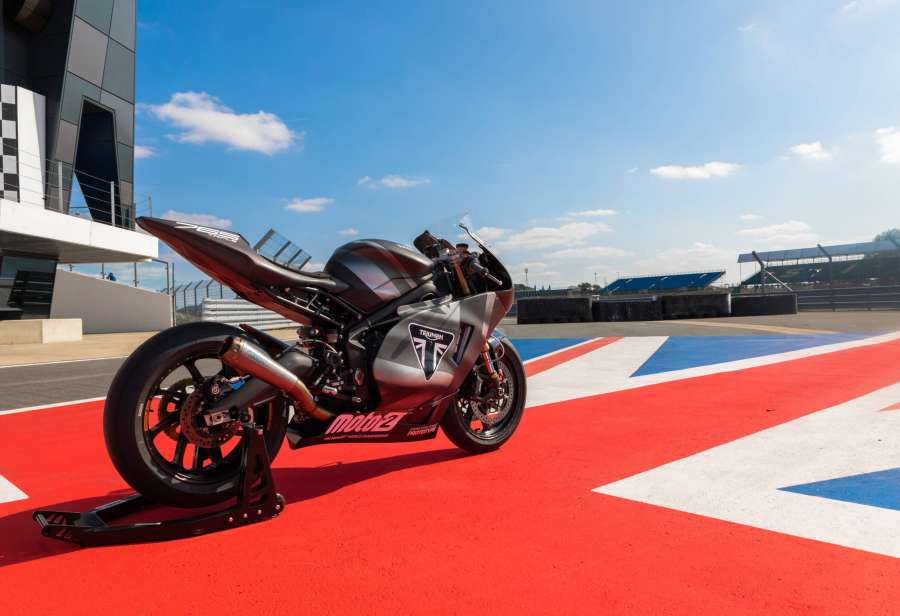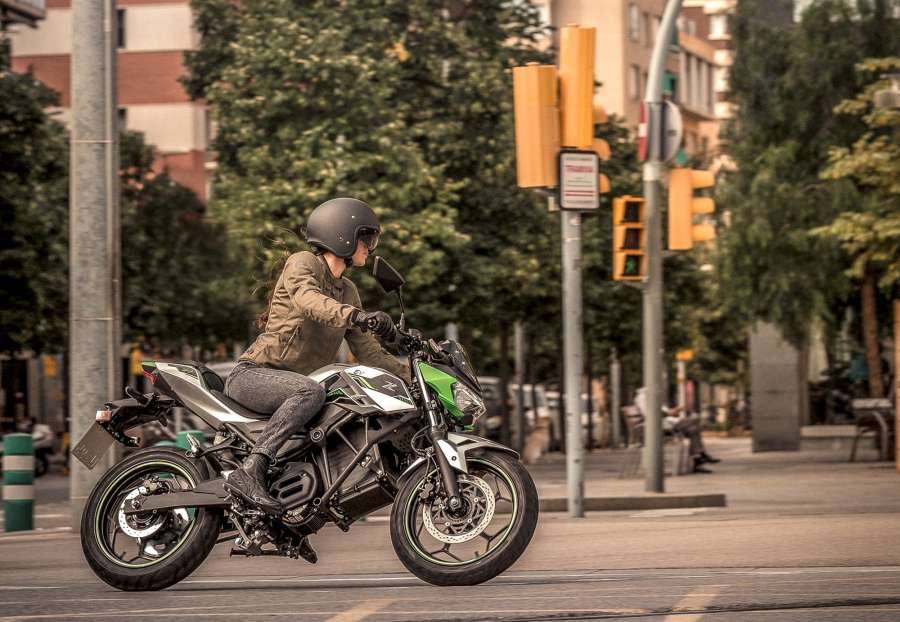Available this month at your Kawasaki dealer, two new electric models called the Ninja E-1 ABS and Z E-1 ABS, respectively. These bikes will be priced at $7,599 and $7,299 (for the naked version).
With top speeds in the neighborhood of 50 mph, these are not fast motorcycles, but they should accelerate smartly from a stop (courtesy of 30 foot/pounds of torque from zero rpm). When “e-boost” is activated, each of the bikes will reach roughly 65 mph. E-boost is described in the following press material.
Borrowing some chassis design from the Ninja 400, Kawasaki claims nimble and confidence-inspiring handling from both models. Range has been reported at just over 40 miles. These are clearly city bikes or non-highway commuters.
Here is Kawasaki’s press material:
Kawasaki has a long history of producing industry-leading motorcycles that are designed to be fun to ride, and for 2024, Kawasaki is taking it a step further with the addition of two all-new Kawasaki EV models.
The Ninja® e-1 ABS and Z e-1 ABS offer a light-hearted solution to urban commuting and give riders the chance to experience the joy of transforming the grind of the work commute into a ride that they can look forward to.
The exhilarating brushless electric motor delivers strong low-end response that will leave any rider grinning from the moment they open the throttle. It’s amplified with an e-boost function that lets riders briefly tap into extra power for stronger acceleration and a higher top speed. Riders can find multiple power modes at their disposal as well as a WALK Mode that assists with maneuvering of the bike while in a parking lot. Dual batteries offer impressive cruising distance and multiple charging options make it a convenient addition to the daily routine. The lightweight trellis frame, 41mm forks, Uni-Trak® linkage, and disc brakes are all based off of Kawasaki’s 400cc motorcycle and designed to make riders feel familiar motorcycle characteristics when riding the Ninja e-1 and Z e-1.
Although the Ninja e-1 and Z e-1 share many of the same technical features, riders are provided with two distinctly different motorcycles thanks to their ergonomic and styling differences. The Ninja e-1 offers sporty, full-fairing bodywork like that found on the high-performance Ninja® line, while the Z e-1’s minimalistic bodywork evokes the streetfighter styling of Kawasaki’s Z supernaked machines. A new silver and matte lime green color scheme adorns both models and introduces a thematic tone for Kawasaki EV models, present and future.
ALL-NEW 2024 NINJA® E-1 ABS AND Z E-1 ABS HIGHLIGHTS:
- NEW Brushless Electric Motor
- NEW Dual lithium-ion batteries
- NEW E-boost power function
- NEW No-clutch operation
- NEW WALK Mode with reverse
- NEW Kawasaki-designed motorcycle chassis
- NEW Naturally relaxed riding position
- NEW Disc brakes with ABS
- NEW TFT instrumentation with smartphone connectivity
- NEW Futuristic design with EV coloring
- NEW Convenient storage box
ELECTRIC MOTOR
The Ninja e-1 and Z e-1 are powered by a brushless electric motor that is rated at 5.0 kW with a max rating of 9.0 kW. This clean and quiet power unit produces strong low-end power with a quick throttle response, facilitating control and contributing to quick acceleration. The motor is powered by two batteries, which use a parallel arrangement that allows one-battery operation (in ECO mode) to isolate one battery if necessary, or in the event that one battery is fully discharged before the other. Power is transferred from the motor through a primary reduction gear to the chain (secondary reduction) final drive.
Thanks to a silent, electric operation, the Ninja e-1 and Z e-1 offer an approachable package. When the motor is in ECO mode, the cost-per-mile performance is even greater. The heat and vibrations produced by the motor are also drastically reduced over a gasoline-powered engine, and exhaust emissions are eliminated.
To start the Ninja e-1 and Z e-1, the switch must be turned to the “ON” position and the gear position indicator will show “N” (neutral). Once the side stand is up, and the “Drive Ready” button is pushed, the gear position indicator will change to “D” (drive) and the “Ready” light will illuminate, signaling that you’re ready to go. Once the side stand is put back down, the “Ready” light will turn off and the gear position indicator will change back to “N”
BATTERIES
Removable dual lithium-ion batteries with a nominal voltage of 50.4 V and total nominal capacity of 30 Ah x2 rating can be found on both the Ninja e-1 and Z e-1. The batteries weigh in at 25.3 lbs. each, which is significantly lighter than if powered by a single battery. The batteries are located below the storage box and mounted in a parallel position with one another. They can be removed by unlocking and opening the storage box cover, unlocking the battery cover, and pulling them out. This makes the process simple without the need to disconnect any fuses or switches for the batteries.
The state of charge can be checked by pushing a button located on the top of the battery, and with the batteries still in place, their charge is indicated on the left and right sides of the instrument display. The charging time is approximately 3.7 hours per battery for a full charge (0% >> 100%) and 1.6 hours for a partial charge (20% >> 85%).
Three charging options are available:
- Charging with a charging dock (batteries removed)
- Charging without a charging dock (batteries removed)
- Offboard charging with the batteries left in place
Offboard charging refers to the charging the batteries while they remain in the motorcycle using the included under seat charging adaptor that connects the included battery charger to any household outlet. When the batteries are removed, one battery can be charged at a time on the charger. By charging with an accessory dock, the battery is stabilized without affecting charging time. If a second charger is used, two batteries can charge simultaneously. Total time to fully charge both batteries takes approximately 7.4 hours from 0%.
Charging of the batteries should always be done in a dry environment to avoid getting the batteries, battery terminals, or battery charger wet. The battery compartment is water-resistant; however, pressure washers should be avoided, especially near this area of the motorcycle. A separate 12V battery is used to turn the screen on for the start-up routine, and to operate the lights, but the bike will not switch to “Ready” without the removable lithium-ion batteries in place.
ROAD / ECO MODES
In addition to the normal operation (ROAD Mode), riders may also choose speed-limited operation (ECO Mode) on the Ninja e-1 and Z e-1. Top speed in ROAD mode is approximately 52 mph for the Ninja e-1 and approximately 49 mph for the Z e-1, while top speed in ECO mode is limited to approximately 37 mph for the Ninja e-1 and approximately 35 mph for the Z e-1.
A mode switch located on the left side of the handlebar allows riders to switch modes with ease and it can be done while riding as long as the throttle is in the closed position. Once the batteries’ state of charge drops below 35%, the bike will switch to limited-power operation that is indicated by a turtle icon on the instrument panel and the e-Boost function will be unavailable.
E-BOOST FUNCTION
The e-boost function allows riders to tap into increased power for stronger acceleration and a higher top speed for up to 15 seconds. The e-boost is limited to 15 seconds to maximize range and battery temperature. When e-boost is activated on the Ninja e-1, top speed is increased from approximately 52 mph to approximately 65 mph in ROAD mode and from approximately 37 mph to 45 mph in ECO mode. On the Z e-1, e-boost increases top speed from approximately 49 mph to approximately 65 mph in ROAD mode and from 35 mph to approximately 42 mph in ECO mode.
When the necessary conditions required for the use of e-boost have been met, the e-boost gauge on the instrument display is shown in gray to indicate it’s available. The e-boost function is activated via the press of a button located on the right side of the handlebars, and once in use, the gauge color changes to purple and “e-boost” appears on the screen. As soon as the throttle is opened to a certain degree, the 15-second countdown timer begins, which is also indicated by the shrinking e-boost gauge on the screen. Once the timer runs out, the e-Boost function is disengaged until the bike is ready again. Riders can activate e-boost on-the-fly while riding or when completely stopped.
WALK MODE WITH REVERSE
WALK Mode conveniently assists riders with maneuvering their Ninja e-1 or Z e-1 motorcycles in parking lots and driveways. When all conditions have been met, which includes the bike stopped and throttle off, it’s activated by pressing and holding the mode button on the left side of the handlebar. Once activated, the screen background turns red so that it can be clearly distinguished from normal operation. When engaged, opening the throttle allows the bike to be moved forward at a walking speed of approximately 3.1 mph. By closing the throttle past the “zero” point, the bike can be moved in reverse at a speed of approximately 1.8 mph.
REGENERATIVE SYSTEM
The Ninja e-1 and Z e-1 feature a regenerative system that allows the energy of deceleration to be recycled back to the battery when the rider rolls off the throttle. This feature contributes to a longer cruising range and begins functioning once the batteries’ state of charge reaches 60% before gradually tapering off as they approach full charge.
CHASSIS
The Ninja e-1 and Z e-1 feature a lightweight trellis frame that is similar in design to that found on Kawasaki’s flagship Ninja® models and relies on Kawasaki’s advanced dynamic rigidity analysis to ensure optimum rigidity and light weight were achieved. The trellis-style frame design contributes to the low curb mass. Thanks to a short wheelbase and optimized chassis geometry with a rake of 24.4-degrees and trail of 3.6-inches, the Ninja e-1 and Z e-1 deliver light, natural handling and a sporty character that is to be desired by any rider. To complement the compact motor, the frame was reinforced for rigidity, including positioning the motor mounts in the ideal location with a low mounting point that helps lower the center of gravity for light handling. The swingarm is formed from square tubes, eliminating any unnecessary gusseting, and keeping weight to a minimum.
SUSPENSION
The Ninja e-1 and Z e-1 front ends are held up by 41mm telescopic front forks that produce excellent suspension action and plushness that matches a larger-class bike. The front suspension settings were designed to provide a planted feel and help facilitate direction changes even when the bike is fairly upright, which is beneficial when navigating city roads or everyday traffic. On the rear, Uni-Trak suspension provides strong road-holding ability as well as bump absorption, contributing to the bike’s rider-friendly handling. The linkage layout settings provide progressive damping that is designed to excel in a variety of street riding conditions. The rear shock offers 2.5-inches of suspension stroke, helping ensure the balance of lightweight handling and a composed character. Four-way rear preload adjustability allows riders to adjust the rear ride height to their desired preference as well as setup up the bike to accommodate a passenger or luggage.
BRAKES AND WHEELS
Stopping the quick accelerating Ninja e-1 and Z e-1 is a large 290mm front disc that is gripped by a dual-piston caliper and rigid front brake master cylinder that helps eliminate ineffective idle stroke for increased controllability. A 220mm disc paired with a dual-piston caliper can be found at the rear. Brake hose dimensions and material were carefully selected on both the front and rear for an excellent feel of the brake at the levers. A compact and lightweight Nissin ABS control unit comes as standard equipment on the Ninja e-1 and Z e-1, delivering precise control.
Full-size 17-inch wheels further add to the light, nimble handling and the sporty design of the wheels reflects the agile performance. Slim tires add to the maneuverability with a 100/80-17M/C 52S front and 130/70-17M/C 62S rear size.
ERGONOMICS
A relaxed rider triangle is designed to accommodate a wide range of rider sizes and riding styles, aiding in the rider-friendly character. With a relatively upright riding position and slightly foot-forward footpeg position, the rider position provides excellent maneuverability and comfort. The Ninja e-1 offers great wind protection thanks to its full-fairing bodywork that promotes clean airflow around the rider, which also contributes to its overall comfort. Clip-on style handlebars attach to the top of the fork tubes on the Ninja e-1 and the grips feature a slight down angle that provides comfort and sporty looks. On the Z e-1, a wide-style handlebar enables control and contributes to its easy maneuverability and confident handling when traveling at low speed.
The storage box is slim between the rider’s legs, promoting optimized contact with the bike. The seat features thick seat cushioning with low-rebound urethane for superb ride comfort. The seat height measures 30.9-inches, giving riders a comfortable reach to the ground. A direct feel and good controllability are achieved when sport riding thanks to the sporty aluminum footpegs. The footpegs are positioned in a slightly forward position that puts the rider in a comfortable riding position and are out of the way when riders need to reach the ground.
NINJA® SUPERSPORT STYLING
Just like its Ninja brethren, the Ninja e-1 features aggressive, full-fairing bodywork that is sure to catch the eye and give the impression of a fierce machine. Its impression is reinforced by a high-class design and unmatched fit and finish that is comparable to bikes in a larger-displacement class. A sharp design of the front cowl hints at the Ninja e-1’s sporty potential and instantly identifies it as a Kawasaki. In addition to its sharp looks, slim LED headlamps feature low and high beams as well as an LED position lamp. Chin spoilers at the bottom of the front cowl further contribute to the strong Ninja family expression. The inner panels on the inside of the upper cowl highlight the TFT instrumentation and effectively close off space to create a well-integrated cockpit. A slim design of the fairings creates a close, compact fit to the motor and contributes to a lightweight look. Built-in front turn signals are sleek, and the front fender is compact for a sporty look. Since there is no exhaust system, the bottom of the cowl is higher and slimmer, creating a sharp image. A louvre-style front design is used to help fill open space behind the front wheel. Since there is no need to store fuel, a storage box replaces the fuel tank for a streamlined look. The top of the storage box traces a line that connects to the nose of the bike and the texture used on the battery case is a styling element unique to Kawasaki’s EV models. Similar to the Ninja H2, a triple-peak motif is featured on the tail cowl to reinforce the high-class image. Compact front and rear LED turn signals deliver futuristic Ninja styling and use clear lenses for a high-quality look. The LED taillight design is inspired by the Ninja® ZX™-10RR and completes an all-LED lighting package.
Z SUPERNAKED STYLING
The all-new Z e-1 is the ultimate balance of aggressive Z supernaked styling and Kawasaki EV futuristic expression. Unlike ICE supernaked models that highlight the engine and exhaust as key styling elements, the more compact motor and lack of an exhaust system creates a much higher ground clearance. The design of the front cowl is sharp and complemented by a compact, dark meter visor that adds to the aggressive, sporty looks. A bright LED headlamp illuminates a wide path while contributing to the Z e-1’s sharp looks and compact LED front and rear turn signals add a nice touch to the futuristic Z styling. Both the front and rear turn signals use clear lenses for a high-quality appearance, while stylish mirror stays mount the mirrors to the wider-style handlebar. Without a radiator on the air-cooled Z e-1, an attractive head pipe cover is fitted for sharp styling. Holes were cut into the sides of the front fender and confirm the aggressive Z image. The motor’s terminal cover was designed as an extension of the diagonal line created by the swingarm. Similar to the Ninja e-1, a storage box replaces the space left from a fuel tank and allows for a much lower mounting position, while the battery case texture further adds to the unique Kawasaki EV styling. The upswept tail cowl contributes to the bike’s classy image and an LED taillight design completes an all-LED lighting package with its sharp looks.
TFT COLOR INSTRUMENTATION
Adorning the cockpit of the Ninja e-1 and Z e-1 is a 4.3-inch all-digital TFT color instrumentation for a high-grade appearance. The full-color TFT (thin-film transistor) technology delivers excellent visibility for the rider and the background screen automatically adjusts from white to black to suit available light. It can also be manually set to black or white based on the preference of the rider. In addition to the screen color, the brightness is adjusted automatically to suit ambient light, with two rider-selectable levels of brightness available.
Display functions include: riding mode indicator, e-boost gauge, battery pack temperature gauge, battery pack charge level gauges, clock, connected device notifications for (Bluetooth, mail and telephone), shift position indicator (N,D,F,R), speedometer, odometer, dual trip meters, current electric consumption, average electric consumption, cruising range, and more.
SMARTPHONE CONNECTIVITY
Bluetooth technology built into the instrument panel enables riders to connect to their motorcycle wirelessly. Using the smartphone application RIDEOLOGY THE APP MOTORCYCLE*, a number of instrument functions can be accessed, contributing to an enhanced motorcycling experience.
A number of functions are available:
– Vehicle info: information such as battery state of charge, odometer, maintenance schedule, and more can be viewed via the smartphone
– Riding log: GPS route information as well as vehicle running information can be logged and viewed via the smartphone
– Telephone notices: when a call or mail is received by the smartphone, it’s indicated on the instrument display
– Tuning – general settings: general instrument display settings such as preferred units, date, date format, and more can be adjusted via the smartphone
– Communication (sharing): rider profile, location, and riding logs can be shared with other app users, allowing riders to interact with other like-minded riders
– Ranking: statistics like distance traveled can be tracked and reviewed. Rider’s statistics can also be ranked against other riders using the app
– Maintenance log: maintenance history like lubrication, oil changes, consumable parts replacement, and periodic inspections can be managed
*RIDEOLOGY THE APP is not intended for use during vehicle operation. Only use RIDEOLOGY THE APP when the vehicle is not being operated and it is safe to do so.
STORAGE
Taking advantage of the fuel tank area found on traditional gasoline-powered motorcycles, Kawasaki engineers were able to design a handy storage box that offers 1.3 gallons of easy-access space for small items. This space can be accessed by lifting up the storage box cover and comes in handy for keeping items like gloves or rain gear tucked away. The compartment can hold up to 6.6 lbs. An additional storage compartment underneath the seat is large enough to accommodate a U-lock in addition to the offboard charging adaptor. For riders looking to travel with luggage, hooks have been conveniently built into the heel guards of passenger footpegs and on the underside of the tail cowl, making it easy to secure with the use of bungee cords or nets.
KAWASAKI GENUINE ACCESSORIES
Accessory battery charging equipment available for both the Ninja e-1 and Z e-1 include a battery charger and cable, charging dock, and offboard charging adaptor. For the Ninja e-1, accessories include a USB Type-C outlet, ERGO-FIT high seat (+1.1 inches), tank pad, wheel rim tape, scratch resistant film for the TFT meter, pillion seat cover, helmet lock, U-lock, accessory relay, and 48V spare battery. Accessories offered on the Z e-1 include a meter cover, ERGO-FIT high seat (+1.1 inches), tank pad, scratch resistant film for the TFT meter, pillion seat cover, wheel rim tape, helmet lock, and a U-lock.
CUSTOMER ORDER PERIOD
Customers will have the ability to place an order for the Ninja e-1 and Z e-1 through their local Kawasaki dealership starting October 3rd, 2023.
| 2024 Kawasaki Ninja® e-1 ABS
Color: Metallic Bright Silver / Metallic Matte Lime Green / Ebony MSRP: $7,599 Availability: October 2024 Kawasaki Z e-1 ABS
|
You can follow any responses to this entry through the RSS 2.0 feed. You can skip to the end and leave a response. Pinging is currently not allowed.



